Background
On January 12, 2010 a 7.2 earthquake hit Haiti. The country lost 320,000 people. Not only was this a devastating blow to the population, it took a serious blow on the country’s workforce. About 25% of those losses were from the civil service, 18% teachers and 9% doctors and nurses. That day more than $12 billion of infrastructure was lost along with all the government buildings, 7,000 schools, and the only state university, 420,000 homes destroyed, bridges, roads, ports, communications, and electricity lines were also destroyed. To compound the human and infrastructure losses, eight months later UN Nepalese soldiers introduced the cholera bacteria to Haiti’s water system by contaminating the Mirebalais River. It is estimated that it will cost the country $1.5 billion to eradicate the bacteria. The UN is not covering that cost.
Fast-forward to 2012 and Haiti is again hit by two destructive hurricanes, Isaac, which destroyed $300 million in agricultural goods, and Sandy, which destroyed all agricultural production in five key geographic departments of the country Grande Anse, South, Nippes, South East and West. Four other departments were also partially hit. These hurricanes resulted in 120 casualties and destroyed or damaged about 30 bridges, roads, schools and hospitals.

This compounding devastation has lead to the possibility of political unrest. Haiti imports 85% of the food that it consumes. Since August 2012, the country has been on the list of 20 countries that will face food insecurity in the next year as global food prices will increase between 10 to 35%. The big global food producers have lost 60% of their production to drought. Facing these realities, Haiti needs a real bailout and more effective foreign aid. Haiti does not have to be this fragile and vulnerable. If the tremendous foreign aid resources that poured into the country post-earthquake were to be effectively deployed, Haiti would be better positioned to meet and weather these challenges.
National Response
The Haitian Government has put in place a national strategy that is comprised of assisting the vulnerable (women, senior and children) and creating jobs. The Martelly Administration has launched a credit program for rural women entrepreneurs and food for work programs in the countryside. In the agricultural sector, they have provided direct assistance to farmers who have lost their crops. But their resources – both human and financial – are meager.
International Response
Since 2010 Haiti has been the beneficiary of unprecedented international solidarity. More than $1.4 billion of private donations rolled in after the earthquake. These donations were mainly doled out to 80 international NGOs. From the U.S., Haiti received approximately $2.9 billion of bilateral assistance, and about the same amount from Venezuela and other bilateral donors. The United Nations conference on how to assist Haiti led to a $10 billion combined commitment to the country.
Yet with all this money, we have yet to see results. The well intentioned NGOs and experts have come with ideas and strategies that have not proven effective despite best efforts. There simply is no cure for global poverty. Often, however, these strategies fail to take into account (and have event bypassed completely) local input and at times have a partisan or ideological bent to them. For more see: http://www.scribd.com/doc/

Unfortunately, another group has attempted to exploit opportunities in Haiti for personal gain and to build their political dynasties back home. Foreign profiteers and some “non-profiteers” have benefited from the aid money without delivering any results for the people. It is this group that is now in control. In practice, they have been enriching themselves on three fronts: the first by taking advantage of foreign aid through their contractors, NGOs or foundations; second by leveraging bilateral aid destined for investment in Haiti to capture control of the country’s business sectors, including telecommunications, remittances, banking and so on; and third, by creating an alliance with the Dominicans to take control of the country by weakening its institutions, taking control of the strategic investments and the new natural resources that are being discovered. Just in the last two years, $40 billion dollars of gold, and prospective for oil and diamonds has been discovered.
The reality is that for every $1 in foreign aid the Haitian Government receives $.01 and the Haitian people receive $.07. The rest of that dollar goes to overhead, salaries, and travel budgets. Clearly this is an ineffective model for aid.

Often when one calls for accountability by asking questions – like where did the money go; what are the organizations/institutions that received funds for Haiti; how much per organization; what did they deliver, and where and who got what – you become a pariah, see: http://www.
Here is what happens in practice:
• Country X from the Middle East donates $30 million for the reconstruction and recovery efforts
• International NGOs compete for that money arguing that the Haitian government is corrupt, incapable or lacks the skills to effectively deploy the money. Typically, those with the best connections to the leadership of that country get the money.
• That NGO receives the money for a set of programs. Industry standard is to take 22% overhead and then a portion of the money is allocated to salaries, per diem and travel. NGO jobs are not the low paying jobs they used to be. Senior staff can make anywhere from $150,000 to $400,000 annually. NGO staff makes a number of trips to Haiti. Arguably they stay in the hotels and use the local drivers, which is a small boost to the economy.
• They are supposed to deliver a set of “deliverables” for the money. When action finally starts – let’s say to build houses for the victims of the earthquake – a contractor, which is part of the well-connected network is hired. They get paid $45,000 to build a house. The house is valued at $7,500 and is constructed with substandard materials that will not withstand a hurricane and in some cases can use materials hazardous to health and not suitable to the climate.

At the bilateral level, the process is the same. For example, Congress has allocated funds to Haitian victims in its foreign aid bill. These funds, which are managed by USAID, have been awarded through no bid contracts. One politically well-connected institution received $104 million to create more than 30,000 jobs in Haiti. The institution was investigated by the Inspector General, which found that less than 4,000 jobs have been created. That is $26,000 per job. These jobs typically pay about $500/year. Nobody knows who is getting the State Department and USAID Funds for Haiti – let alone the Haitian Government which has requested that information in an effort to understand resources – or what deliverables have been promised. Meanwhile narrative reports of achievements read like propaganda. The discrepancies between what they said they have achieved and the reality of misery in the ground is shocking.
Bailout and Effective Aid
Haiti desperately needs an immediate bailout in the range of $3 billion. To bypass the “usual suspects” who receive aid and fail to deliver, about 60% of these funds should be allocated directly to the Haitian private sector associated with foreign private investments. These investments should go to agriculture and agro industry, infrastructure and communications, garment manufacturing, tourism, education and services. Meanwhile bilateral foreign aid should go straight to the Haitian public sector, mainly the Ministry of Planning and Cooperation. International technical experts with veto power over the funds could be placed within ministries to ensure that the funds are being used for their intended purposes. With these refinements to the foreign aid process, we would expect to see concrete results. In any event, what would be the downside in attempting a new way of doing business? It is clear that the current system is not working and needs to be revamped. Let’s give the Haitian people a chance to take control of their destiny.
On January 12, 2010 a 7.2 earthquake hit Haiti. The country lost 320,000 people. Not only was this a devastating blow to the population, it took a serious blow on the country’s workforce. About 25% of those losses were from the civil service, 18% teachers and 9% doctors and nurses. That day more than $12 billion of infrastructure was lost along with all the government buildings, 7,000 schools, and the only state university, 420,000 homes destroyed, bridges, roads, ports, communications, and electricity lines were also destroyed. To compound the human and infrastructure losses, eight months later UN Nepalese soldiers introduced the cholera bacteria to Haiti’s water system by contaminating the Mirebalais River. It is estimated that it will cost the country $1.5 billion to eradicate the bacteria. The UN is not covering that cost.
Fast-forward to 2012 and Haiti is again hit by two destructive hurricanes, Isaac, which destroyed $300 million in agricultural goods, and Sandy, which destroyed all agricultural production in five key geographic departments of the country Grande Anse, South, Nippes, South East and West. Four other departments were also partially hit. These hurricanes resulted in 120 casualties and destroyed or damaged about 30 bridges, roads, schools and hospitals.

This compounding devastation has lead to the possibility of political unrest. Haiti imports 85% of the food that it consumes. Since August 2012, the country has been on the list of 20 countries that will face food insecurity in the next year as global food prices will increase between 10 to 35%. The big global food producers have lost 60% of their production to drought. Facing these realities, Haiti needs a real bailout and more effective foreign aid. Haiti does not have to be this fragile and vulnerable. If the tremendous foreign aid resources that poured into the country post-earthquake were to be effectively deployed, Haiti would be better positioned to meet and weather these challenges.
National Response
The Haitian Government has put in place a national strategy that is comprised of assisting the vulnerable (women, senior and children) and creating jobs. The Martelly Administration has launched a credit program for rural women entrepreneurs and food for work programs in the countryside. In the agricultural sector, they have provided direct assistance to farmers who have lost their crops. But their resources – both human and financial – are meager.
International Response
Since 2010 Haiti has been the beneficiary of unprecedented international solidarity. More than $1.4 billion of private donations rolled in after the earthquake. These donations were mainly doled out to 80 international NGOs. From the U.S., Haiti received approximately $2.9 billion of bilateral assistance, and about the same amount from Venezuela and other bilateral donors. The United Nations conference on how to assist Haiti led to a $10 billion combined commitment to the country.
Yet with all this money, we have yet to see results. The well intentioned NGOs and experts have come with ideas and strategies that have not proven effective despite best efforts. There simply is no cure for global poverty. Often, however, these strategies fail to take into account (and have event bypassed completely) local input and at times have a partisan or ideological bent to them. For more see: http://www.scribd.com/doc/

Unfortunately, another group has attempted to exploit opportunities in Haiti for personal gain and to build their political dynasties back home. Foreign profiteers and some “non-profiteers” have benefited from the aid money without delivering any results for the people. It is this group that is now in control. In practice, they have been enriching themselves on three fronts: the first by taking advantage of foreign aid through their contractors, NGOs or foundations; second by leveraging bilateral aid destined for investment in Haiti to capture control of the country’s business sectors, including telecommunications, remittances, banking and so on; and third, by creating an alliance with the Dominicans to take control of the country by weakening its institutions, taking control of the strategic investments and the new natural resources that are being discovered. Just in the last two years, $40 billion dollars of gold, and prospective for oil and diamonds has been discovered.
The reality is that for every $1 in foreign aid the Haitian Government receives $.01 and the Haitian people receive $.07. The rest of that dollar goes to overhead, salaries, and travel budgets. Clearly this is an ineffective model for aid.

Often when one calls for accountability by asking questions – like where did the money go; what are the organizations/institutions that received funds for Haiti; how much per organization; what did they deliver, and where and who got what – you become a pariah, see: http://www.
Here is what happens in practice:
• Country X from the Middle East donates $30 million for the reconstruction and recovery efforts
• International NGOs compete for that money arguing that the Haitian government is corrupt, incapable or lacks the skills to effectively deploy the money. Typically, those with the best connections to the leadership of that country get the money.
• That NGO receives the money for a set of programs. Industry standard is to take 22% overhead and then a portion of the money is allocated to salaries, per diem and travel. NGO jobs are not the low paying jobs they used to be. Senior staff can make anywhere from $150,000 to $400,000 annually. NGO staff makes a number of trips to Haiti. Arguably they stay in the hotels and use the local drivers, which is a small boost to the economy.
• They are supposed to deliver a set of “deliverables” for the money. When action finally starts – let’s say to build houses for the victims of the earthquake – a contractor, which is part of the well-connected network is hired. They get paid $45,000 to build a house. The house is valued at $7,500 and is constructed with substandard materials that will not withstand a hurricane and in some cases can use materials hazardous to health and not suitable to the climate.

At the bilateral level, the process is the same. For example, Congress has allocated funds to Haitian victims in its foreign aid bill. These funds, which are managed by USAID, have been awarded through no bid contracts. One politically well-connected institution received $104 million to create more than 30,000 jobs in Haiti. The institution was investigated by the Inspector General, which found that less than 4,000 jobs have been created. That is $26,000 per job. These jobs typically pay about $500/year. Nobody knows who is getting the State Department and USAID Funds for Haiti – let alone the Haitian Government which has requested that information in an effort to understand resources – or what deliverables have been promised. Meanwhile narrative reports of achievements read like propaganda. The discrepancies between what they said they have achieved and the reality of misery in the ground is shocking.
Bailout and Effective Aid
Haiti desperately needs an immediate bailout in the range of $3 billion. To bypass the “usual suspects” who receive aid and fail to deliver, about 60% of these funds should be allocated directly to the Haitian private sector associated with foreign private investments. These investments should go to agriculture and agro industry, infrastructure and communications, garment manufacturing, tourism, education and services. Meanwhile bilateral foreign aid should go straight to the Haitian public sector, mainly the Ministry of Planning and Cooperation. International technical experts with veto power over the funds could be placed within ministries to ensure that the funds are being used for their intended purposes. With these refinements to the foreign aid process, we would expect to see concrete results. In any event, what would be the downside in attempting a new way of doing business? It is clear that the current system is not working and needs to be revamped. Let’s give the Haitian people a chance to take control of their destiny.


















































































































-3.jpg)


.jpg)





.jpg)











.jpg)
.jpg)
.jpg)
.jpg)
.jpg)
.jpg)


















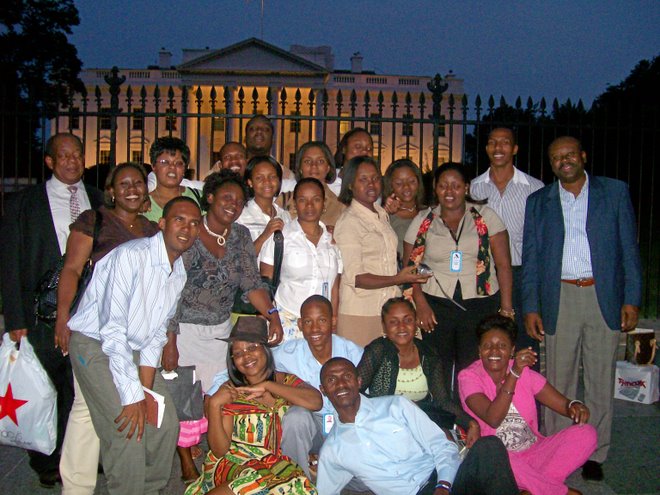
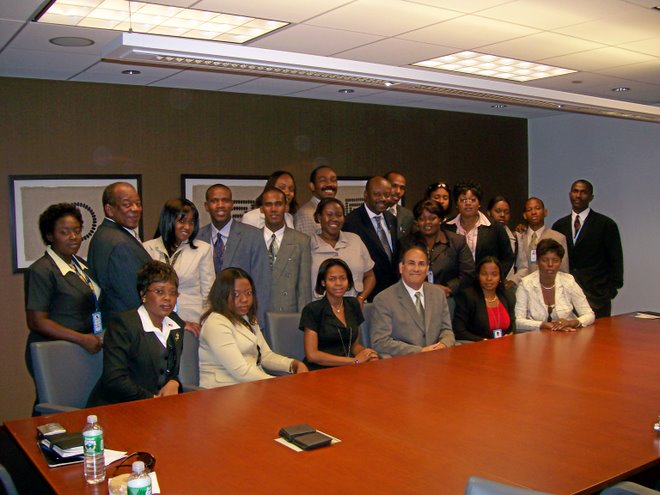

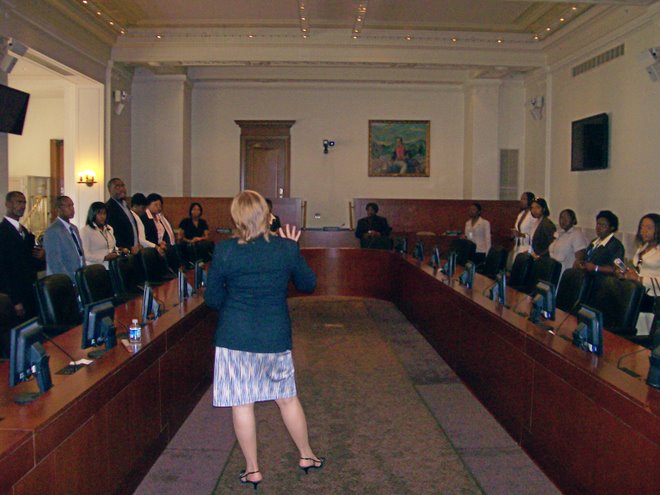
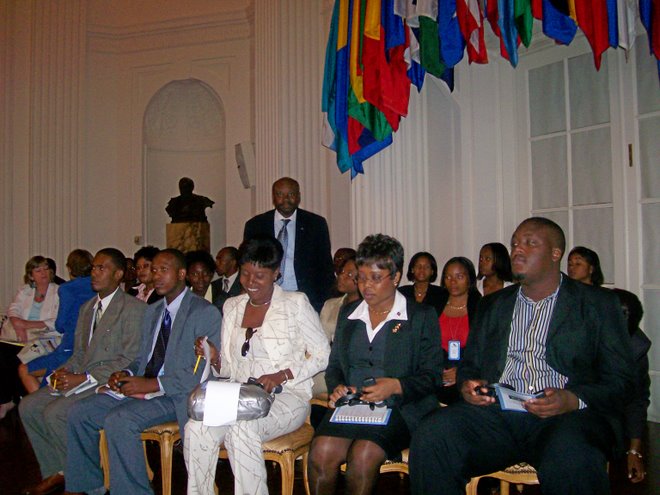
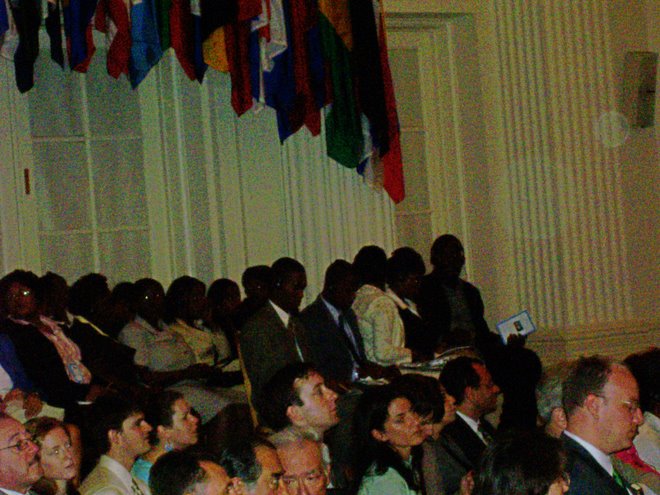












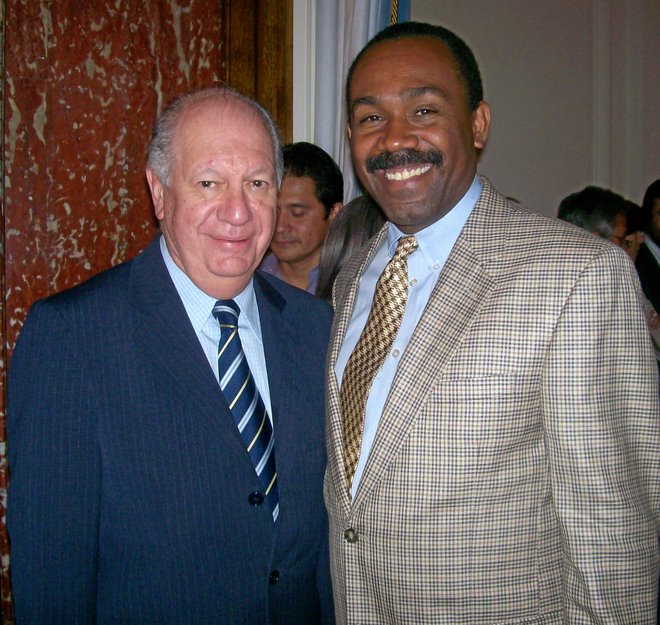


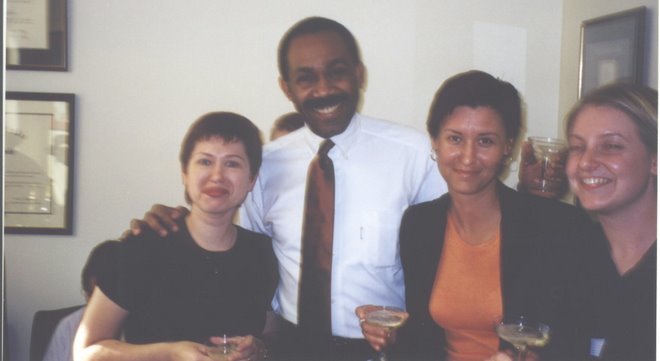



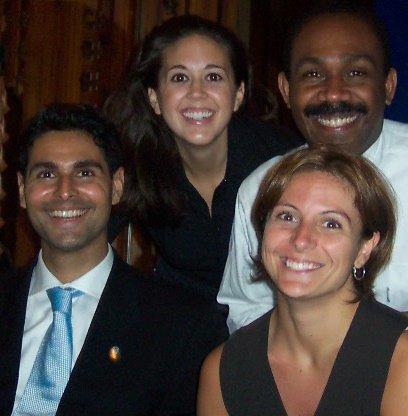
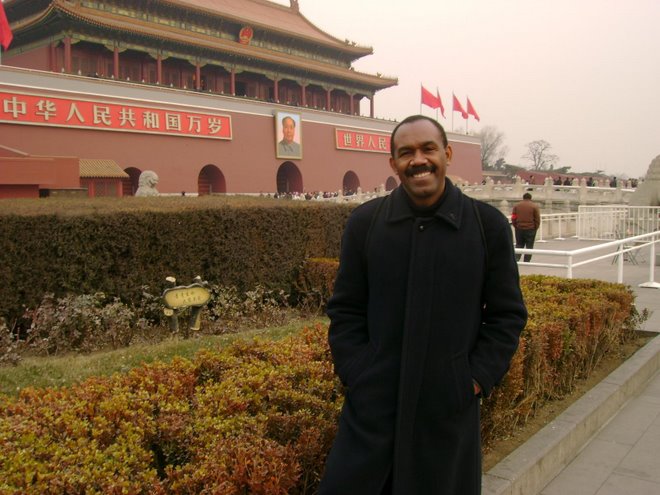

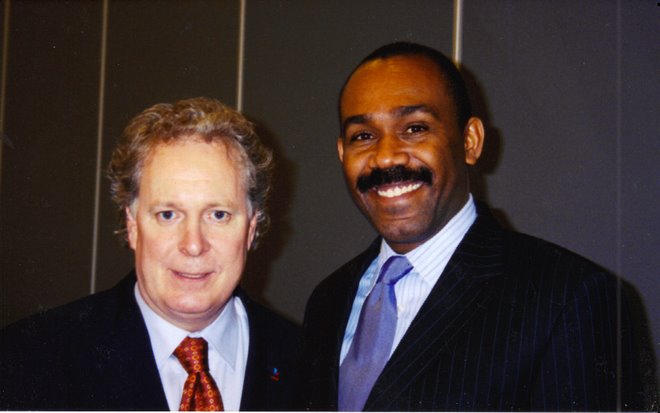


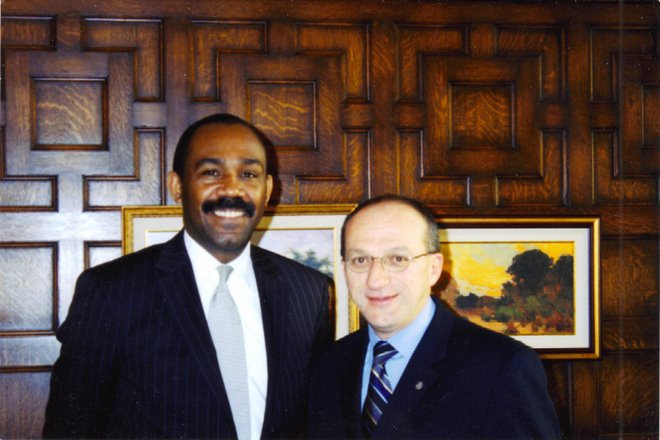
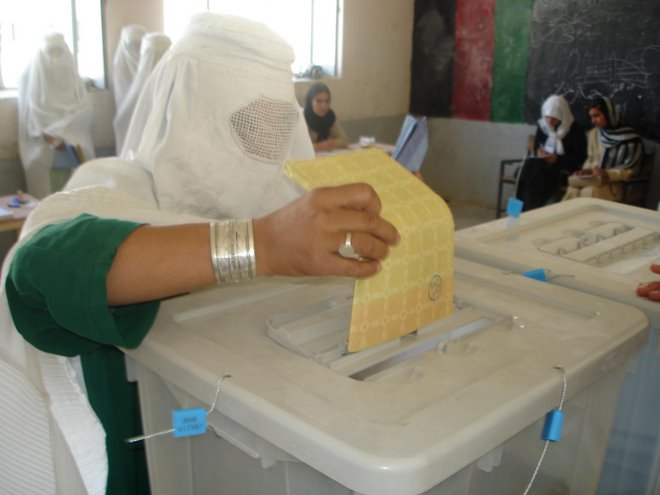






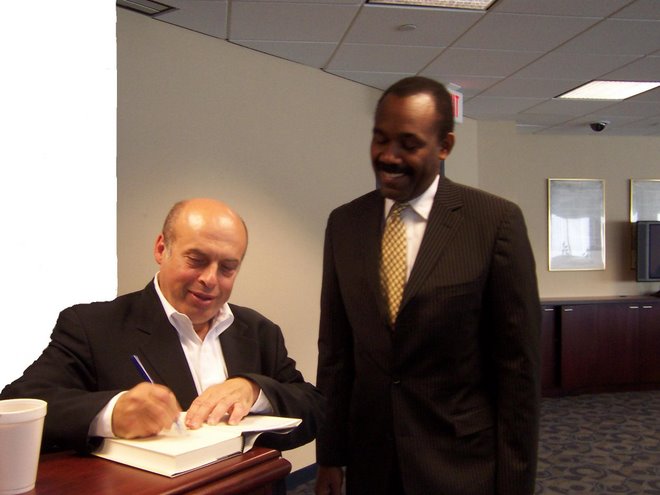
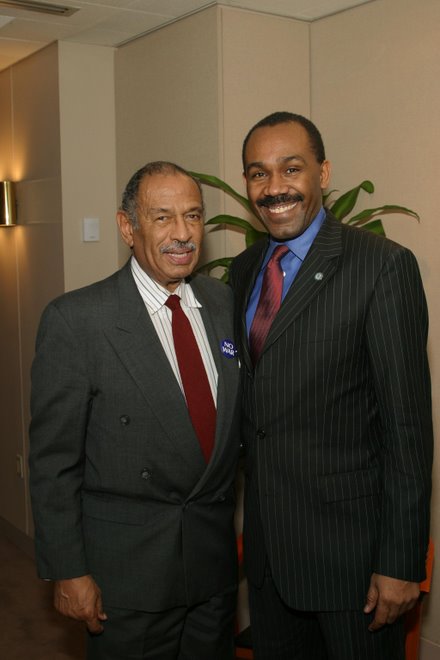

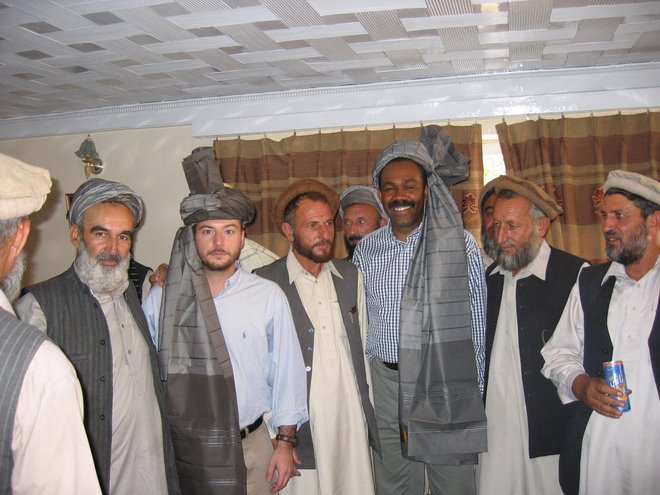
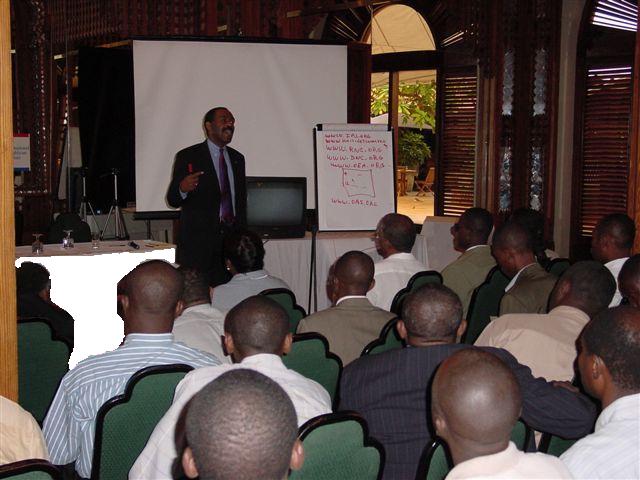








No comments:
Post a Comment